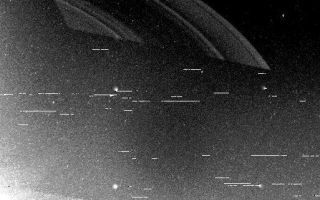
PIA02285: Saturn's shadow upon the rings
|
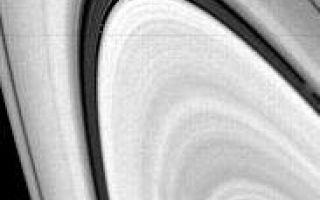
PIA02289: Saturn's B rings
|
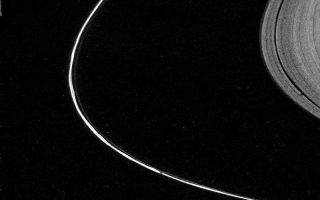
PIA02292: Saturn's F-Ring
|

PIA02293: Saturn's F-Ring
|
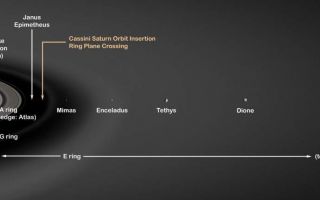
PIA03550: Saturn's Rings (Artist's Concept)
|
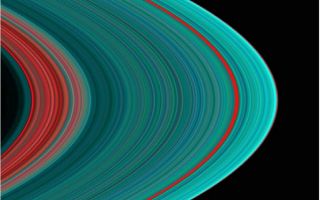
PIA05075: Saturn's A Ring From the Inside Out
|
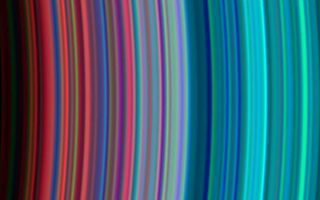
PIA05076: Saturn's C and B Rings From the Inside Out
|
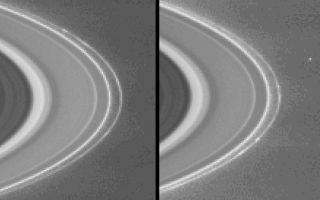
PIA05382: Clumps in the F Ring
|
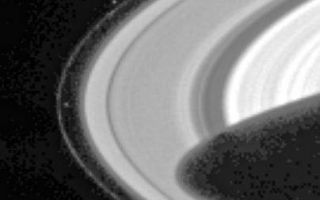
PIA05387: Prometheus and Pandora
|

PIA05393: Pandora and Prometheus Near F Ring
|
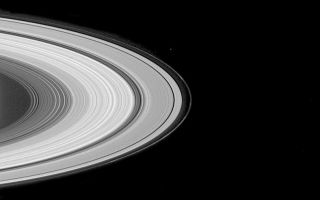
PIA05396: Groovy Rings and Moons
|

PIA05417: Rings and More Rings
|
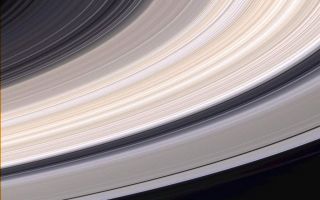
PIA05421: Ringscape In Color
|
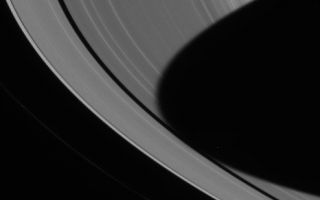
PIA05424: Light and Shadow
|
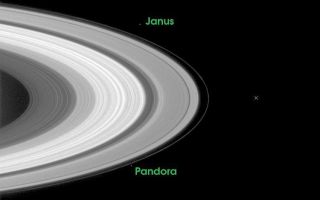
PIA06061: Passage through the Ring Plane
|
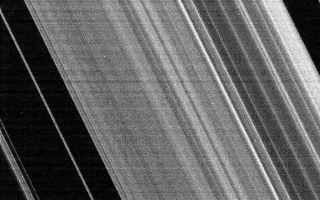
PIA06092: Cassini Captures the Cassini Division
|
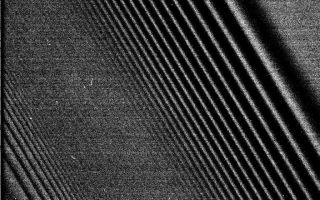
PIA06093: Two Waves in One Spectacular Image of Saturn's Rings
|
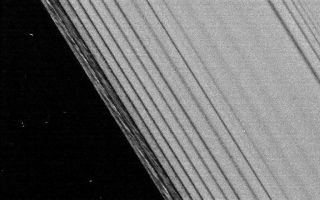
PIA06094: Rippling Rings
|
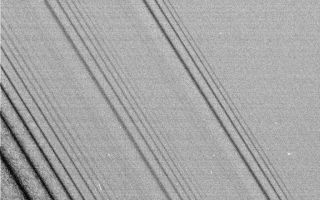
PIA06095: Rings Full of Waves
|
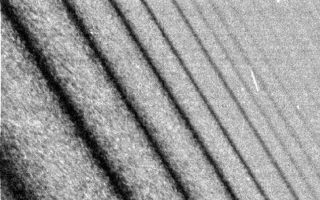
PIA06096: Rings Full of Waves (zoom)
|
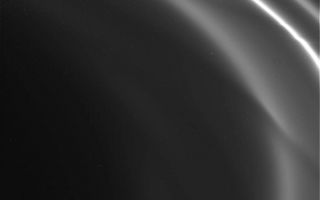
PIA06097: Cassini's First Picture of F Ring
|
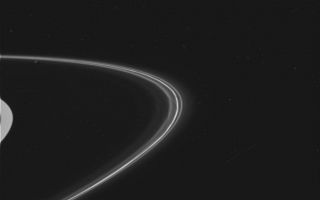
PIA06098: Wide View of Saturn's F Ring
|
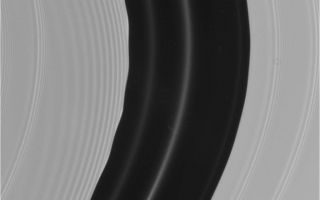
PIA06099: The Encke Gap as Never Seen Before
|
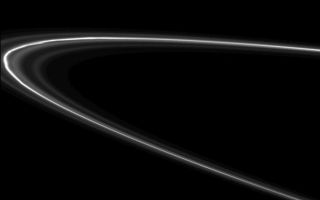
PIA06144: Tilt and Whirl
|
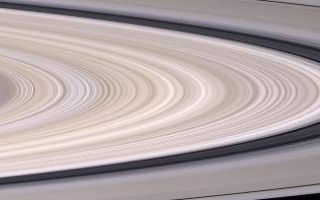
PIA06175: Panoramic Rings
|
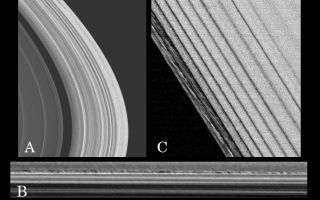
PIA06195: New Ring Phenomena
|
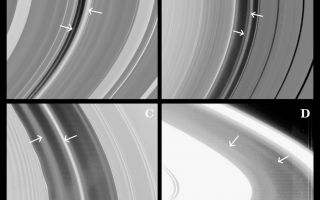
PIA06196: Rings and More Rings
|
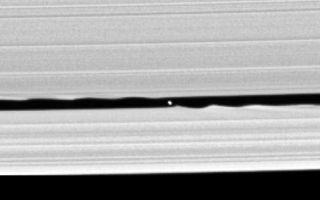
PIA06237: Wavemaker Moon
|

PIA06238: Discovery of the Wavemaker (animation)
|

PIA06239: Discovery of the Wavemaker
|